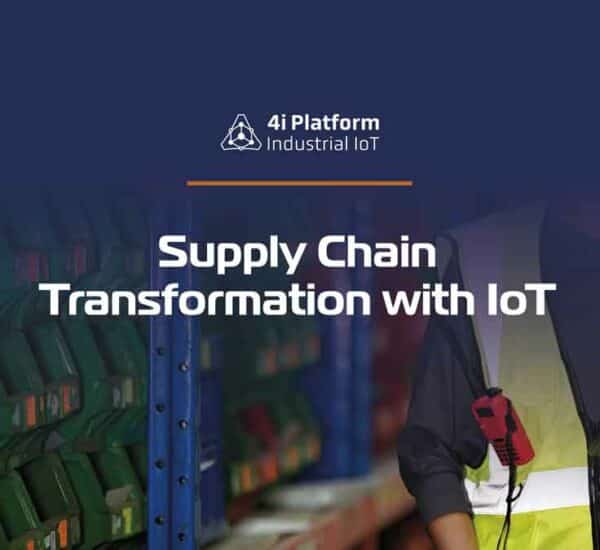There is a high probability that you have come across the terms Internet of Things (IoT) or the Industrial Internet of Things (IIoT). A majority of the time, these are networks of connected devices that communicate data to a main system in order to make sense of it all.
These networks generally consist of connected edge devices, terminals, and machines in an enterprise. The information captured through this network provides a much better understanding of what is successful and what is not in terms of operations and processes.
When it comes to everyday devices capable of communicating we are talking about numbers that might surprise you. There are a handful of devices which exist with this capability. As a matter of fact, it is estimated that there are roughly 7 such devices for each person on the planet, totaling roughly 50bn devices by 2020.
Industrial Internet of Things (IIoT)
Now when it comes to IIoT devices, a large percentage generally reside in the manufacturing environment. The Industrial Internet of Things (IIoT) puts a focus on this interconnectivity and data provided by the terminals, sensors, and other systems on the factory floor.
These data-fueled factories become “intelligent” environments, which have the ability to inform enterprises from the top down. In addition, they provide visibility regarding the efficiency of factory processes and performance both in real-time and over time. Ultimately, the data gives manufacturers an opportunity to refine and improve operations with relevant and up-to-date data.
So you may ask, how can your organization stand to benefit from making the investment in IoT connectivity?
The Connected Factory
IoT enabled machines and endpoints have the ability to communicate operational information to personnel both inside and peripheral to your organization. That includes machine operators, managers, field service personnel and even partners like suppliers, subcontractors, and OEMs.
This connectivity delivers crucial data and information to operation managers and factory leadership on-site and out-of-office. The ability to control operations and manage factory activity on a remote level increases opportunities for process optimization and automation.
Production Visibility – Identifying Bottlenecks And Improve Processes
When it comes to production, the continuous monitoring of processes that IoT connectivity provides will give way for improvements to be made on a rolling basis.
Hang-time in assembly and manufacturing operations gain particular benefit when bottlenecks are identified and adjustments can be made in nearly real-time to realize better approaches to production management and the reduction of operational costs.
Furthermore, part waste is reduced alongside fewer resources tied up in inventory and better overall product delivery. For a few organizations, IoT connectivity will lead to a 35 percent productivity increase in delivery and supply chain performance.
Better Inventory Management – Find It Quickly, From Anywhere
With advanced technologies such as RFID and IoT connectivity, personnel tasked with managing inventory can leverage automated asset tracking and reporting to help avoid the costly mistakes that come with working within antiquated inventory tracking systems.
This connectivity gives items an opportunity to be tracked and the data recorded to the system automatically. These performance management capabilities made possible through IoT connectivity can help organizations lower the number of working hours committed to inventory management each month and help bring down the probability of human error. Easily track your stock from shop to dock with IoT technologies in your facility.
Build A Much Safer Work Environment
While IoT connectivity helps improve production on the factory floor; moreover these technologies can also help create a safer working environment for employees. This can be in the form of vision and spatial awareness systems for human-machine interactions or wearable safety technologies the staff keeps on their personal throughout the day.
There are an assortment of safety concerns in any manufacturing facility. IoT connected devices can properly communicate to much bigger systems within the organization of aberrations, such as too much vibration, heat being exhibited from a machine, pressure loss within piping segments, and even gas leaks that might be otherwise undetectable to human perception.
Staff moving through dangerous parts of your facility can signal to connected machines that a human is in close proximity and appropriate action can be taken right away.
Management staff will no longer be at the plant floor to know how everything is going.
Properly Secure Your Facilities
With a growing number of bad actors participating in malicious attacks on manufacturers across the world, manufacturing facility security is a topic of conversation every organization should be talking about. When it comes to security, IoT provides manufacturers with an easy way to monitor their data coming into the system as well as going out.
Leveraging IoT for manufacturers can assist in guarding against security threats to vital hardware, software, and cloud-stored data. Moreover, you can even manage devices and policies throughout an enterprise from a single point using IoT connectivity.





